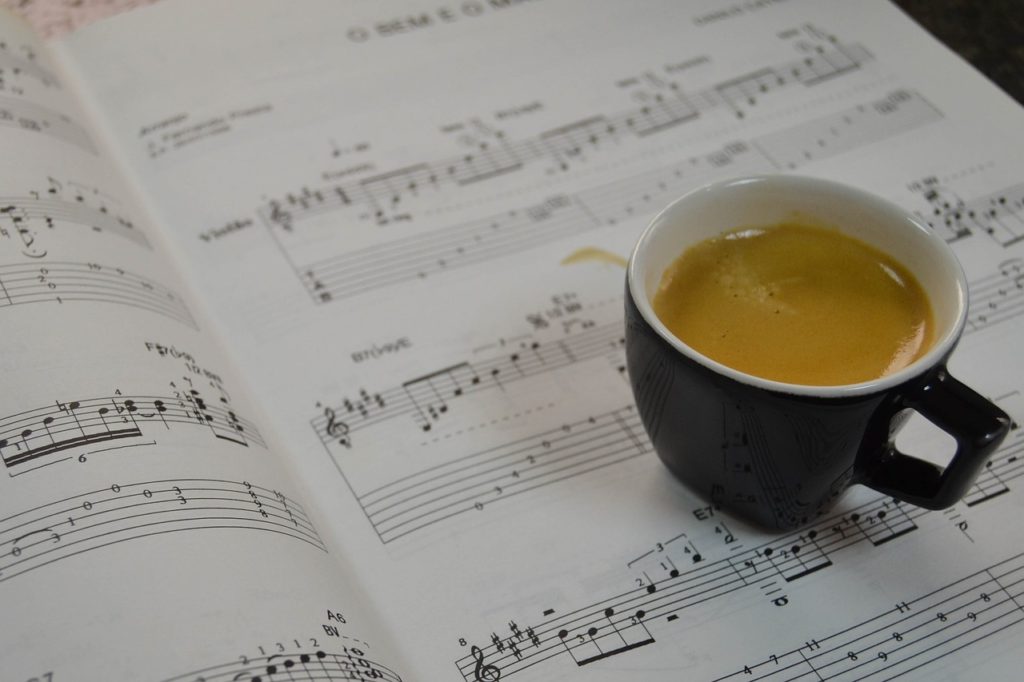Do you want to know what the word modulation means in music? Do you want to know how to make key changes in your songwriting? Modulation is when you use chromatic harmony to switch the tonal center of the music you’re writing. Doing this can make for dramatic, ear catching changes to the sound of your composition. Keep reading “How to Unlock Music Key Changes with Modulation” to learn what it is and how it works. Estimated reading time 3 minutes.
Read More

